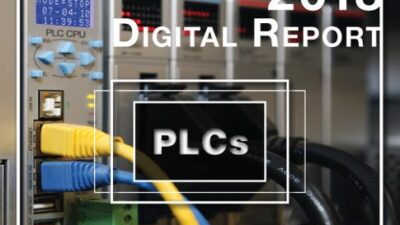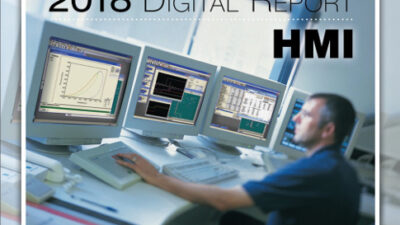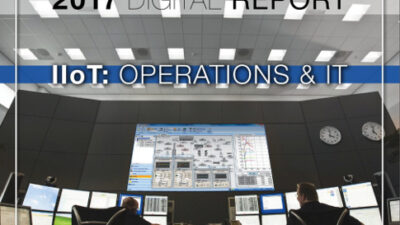A major theme of the 2007 AutoDesk World Press Day event, held Feb.12, 2007, in San Francisco, was the coming world of digital prototyping—the creation of computer models of structures, machines, and products that not only look like the actual products when viewed on the screen, but act like them as well, with all functions operating.
Speaking at the event, Robert ‘Buzz’ Kross, vice president of manufacturing innovation, and Dr. Andrew Anagnost, senior director of CAD/CAE products, cited statistics from the Aberdeen Group that ‘best in class’ companies create half the number of physical prototypes as do run-of-the-mill companies, and bring products to market an average of 58 days faster, at 40% less cost and with more innovation. By the time a physical prototype is built, it’s too late to discover design errors.
But the traditional solid models generated by conventional CAD systems, said Kross, are not digital prototypes; they contain just geometry and not the actual function of the things they represent. A true digital prototype integrates electrical and mechanical attributes and provides not just visualization but full product simulation.
In an interview, Scott Reese, product line manager for the Manufacturing Solutions Div., said that one way in which AutoDesk is working towards achieving this is by merging the different disciplines—and the associated multiple purpose-built versions of AutoCAD—with data mobility, so all aspects can be integrated into the digital prototype. AutoCAD Electrical, for example, will be able to communicate and share information with AutoCAD Mechanical.
AutoDesk is also working with several industrial automation companies, including Rockwell Automation and Schneider Electric. For example, AutoCAD Electrical 2008’s handling of PLC I/O drawings can share information with Schneider’s Unity Pro PLC programming software. It allows importation of Unity Pro XML export files to aid in the creation of ladder diagrams and panel layout drawings.
AutoCAD Electrical 2008 also has the ability to handle multi-level terminal blocks—which also involves wire routing, merging electrical and physical mechanisms. Release is expected in February, 2008. A main goal of AutoCAD Electrical 2008 is to bridge the gap between electrical and mechanical, to take electrical information and put it into the digital prototype.
Once that is done, said Reese, the next step is to take digital prototyping to the next level: full simulation. The plan is to be able to ‘run’ a digital prototype, letting the controller logic drive the model. Reese would not, however, give a specific date as to when such a ‘working’ digital prototype might come. ‘It is customer driven,’ he says.
To get to full digital prototyping will involve the redefinition of computer-aided design from geometry to engineering, and a move from geometrical constraints to engineering constraints, to tightly integrate stress and motion simulation into the model. All this will take a great deal of work. Plans call for new ways to capture sketches digitally and put them into the digital pipeline, and to get to 2D to 3D mechanical design interoperability.
AutoDesk seems to be making a very large bet on digital prototyping and everything that goes with it. One wonders how much they have looked at what has happened to some other software companies that have required customers to adopt proprietary systems.
— Peter Cleaveland , contributing editor, Control Engineering


